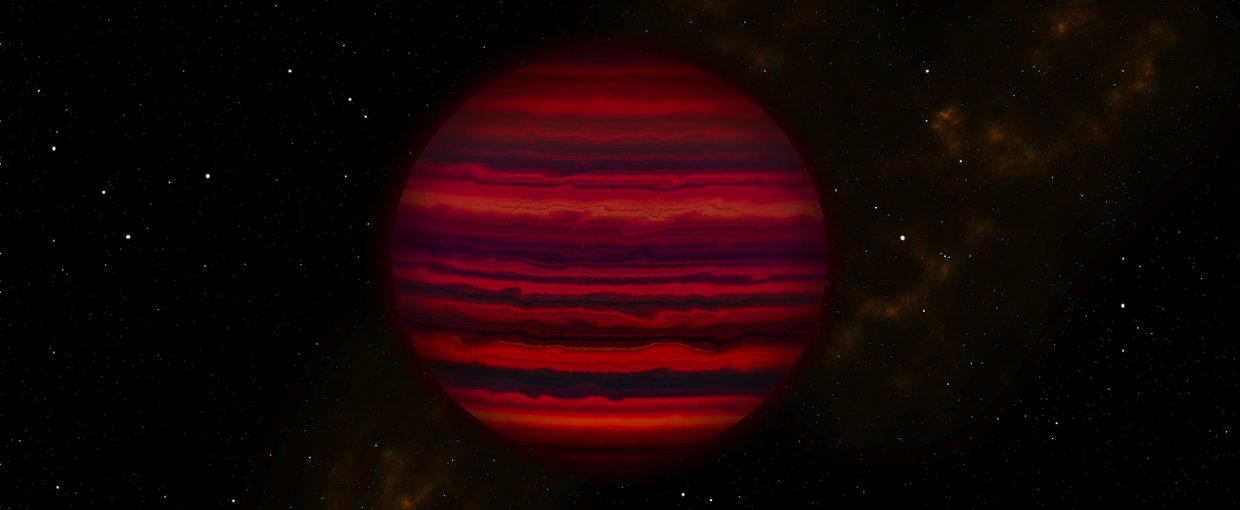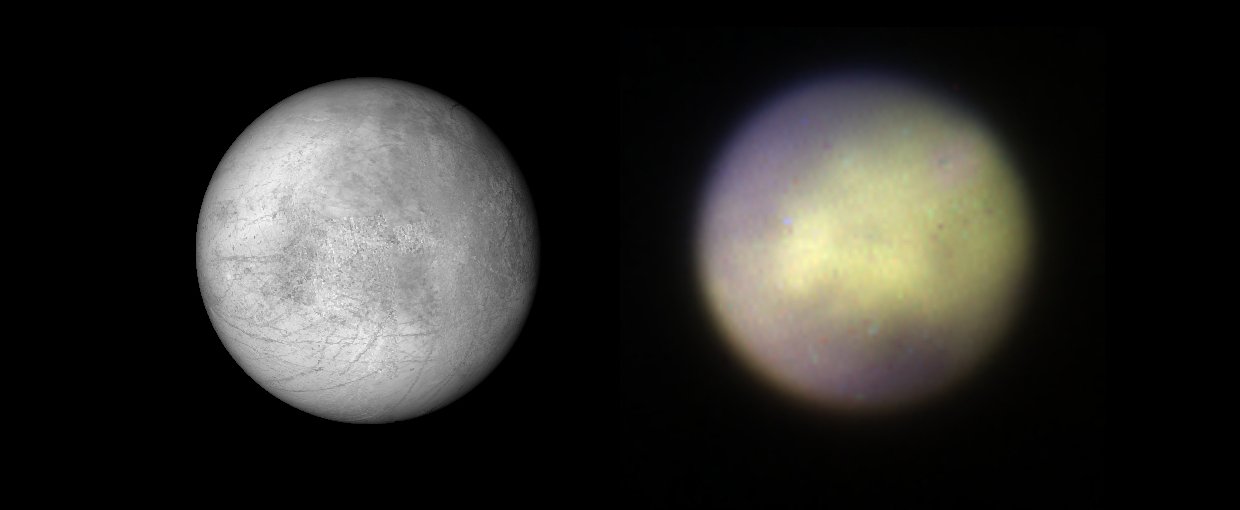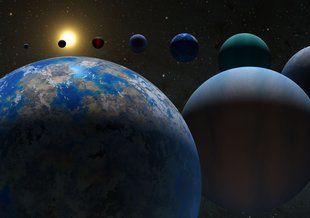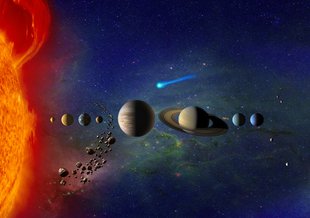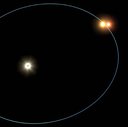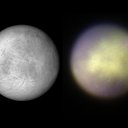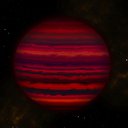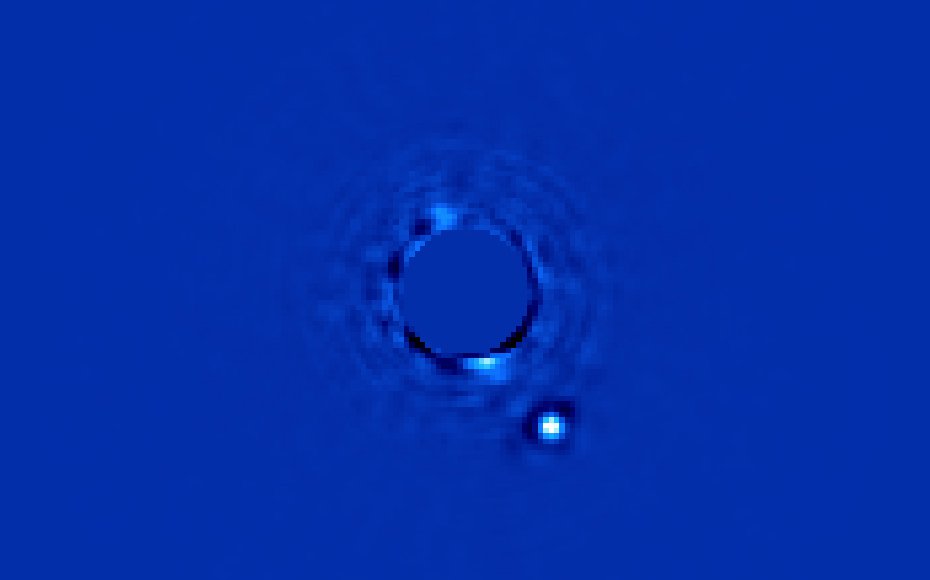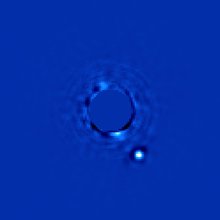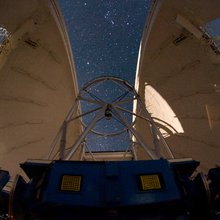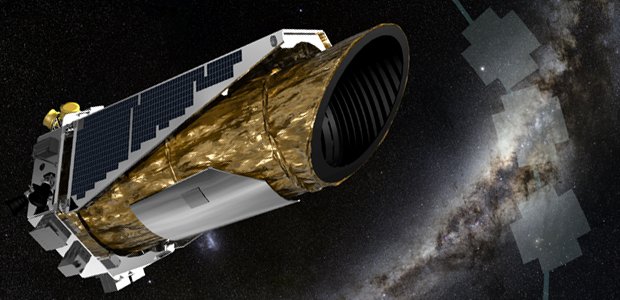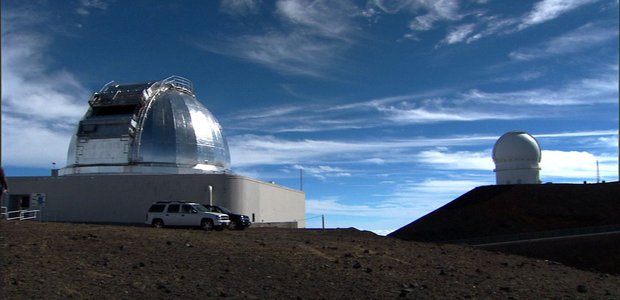- Launch Date February 01, 1999
- Arrival Date February 01, 1999
- Mission TypeGround Based Telescope
- TargetThe Universe
Mission Overview
The Gemini Observatory consists of two 8.19-meter telescopes, located at two separate sites in Hawai’i (Gemini North) and Chile (Gemini South). The twin telescopes provide nearly complete coverage of the sky, and are among the world’s most advanced optical/infrared telescopes. The Gemini Observatory is owned and operated by a consortium of partners that includes the National Science Foundation (NSF) of the United States, the National Research Council of Canada, the Comisión Nacional de Investigación Científica y Tecnológica of Chile, the Ministério da Ciência, Tecnologia, Inovações e Comunicações of Brazil, and the Ministerio de Ciencia, Tecnologia e Innovación Productiva of Argentina. The NSF is the majority holder and contributes approximately 70% of the funding needed for operation and maintenance of the Gemini North and Gemini South telescopes.
Relevance to Astrobiology
The Gemini Observatory was designed to “advance our knowledge of the Universe by providing the international Gemini Community with forefront access to the entire sky.” Both telescopes are designed to excel in a wide variety of optical and infrared capabilities. The Gemini telescopes have been used to make invaluable observations of extrasolar planets. The recently deployed Gemini Planet Imager (GPI) allows direct imaging and analysis of exoplanets that are a millionth as bright as their host star. The telescopes are also used for a number of other studies relevant to astrobiology, including (but not limited to) observations of the Solar System, star formation and evolution, the structure and dynamics of galaxies, and distant quasars.
NASA Astrobiology Involvement
The Gemini Observatory has been used to make observations of the night sky by numerous researchers supported by elements of the Astrobiology Program. Gemini has provided surveys of stars that host extrasolar planets, and data from the telescopes is being used to understand the potential habitability of worlds beyond our own solar system.
The Astrobiologists
Scientists as part of the Nexus for Exoplanet System Science (NExSS) have used the Gemini Observatory for many studies relevant to understanding habitability in distant solar systems. For instance, researchers used the Differential Speckle Survey Instrument at the Gemini-north Observatory to search for stellar companions in systems thought to host exoplanets.


